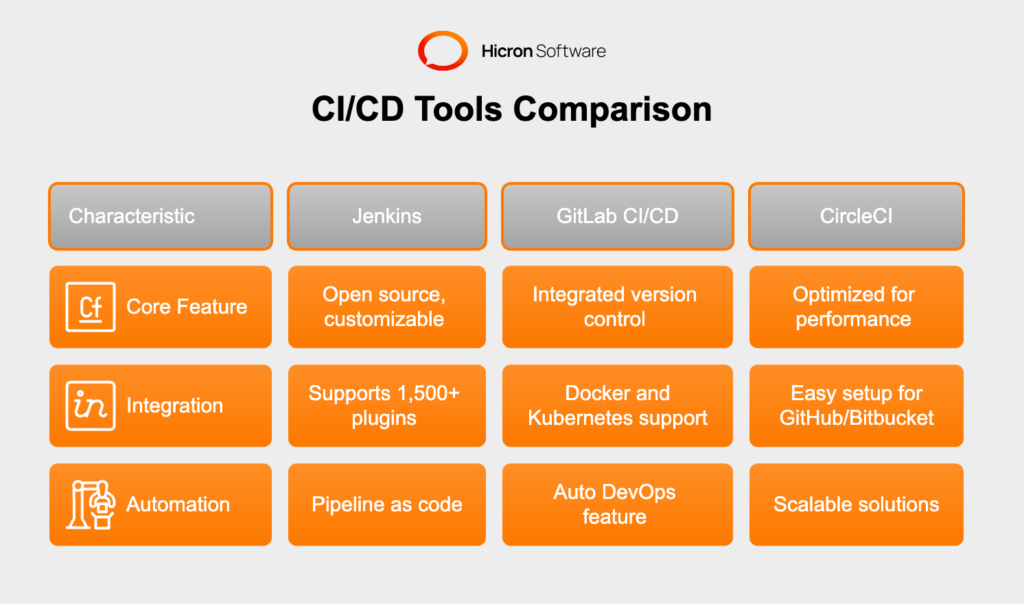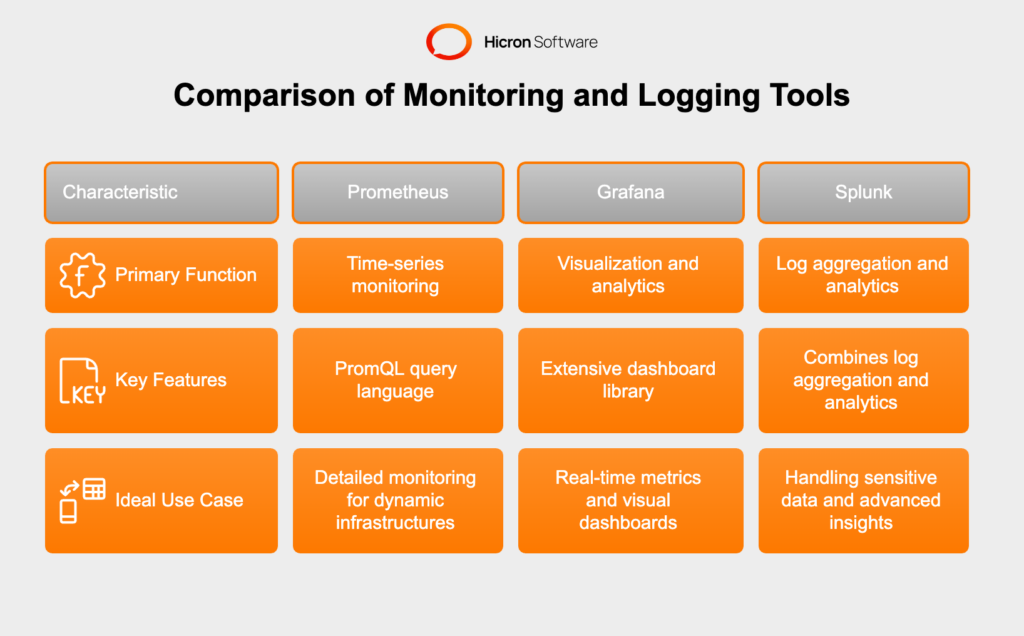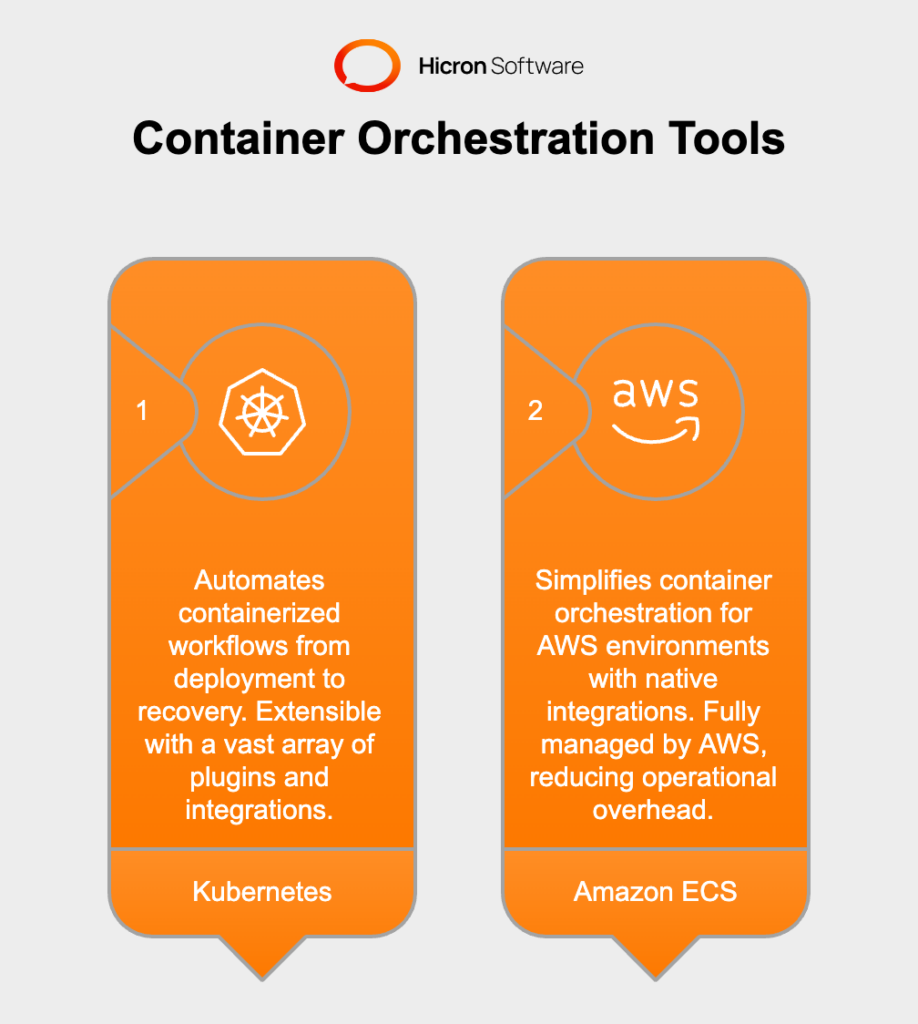Enterprise Automation: From Tools & Platforms to Hyperautomation
- October 21
- 9 min

DevOps automation tools are at the heart of modern software development. They enable teams to automate repetitive tasks, standardize infrastructure management, and improve collaboration between development and operations. By leveraging DevOps automation tools, organizations can shorten delivery cycles, improve the quality of their products, and maintain their competitive edge.
This guide will provide an in-depth look at the top DevOps automation tools, categorized by function, complete with actionable insights, real-world use cases, and industry trends to help you make an informed decision.
The growing complexity of IT systems requires organizations to move beyond manual processes. Trends like the rise of microservices, containerization, and hybrid cloud environments have amplified the demand for tools that simplify and enhance DevOps workflows. DevOps automation tools address these challenges by:
By integrating the right tools, teams not only save time but also reduce human error and increase system resilience.
CI/CD tools aim to simplify and automate the integration of code, testing, and deployment processes. Let’s explore the leaders in this category.
Jenkins is the pioneer of CI/CD tools and has maintained its relevance through its flexibility and plugin ecosystem.
Core Features:
Real-world Insight: Netflix famously uses Jenkins for fast and reliable deployments in its microservice architecture. By configuring Jenkins pipelines, developers can test and deploy updates to hundreds of services simultaneously.
Actionable Tip: Use Jenkins if your organization requires extensive customization and you have a team capable of managing its complex configurations.
GitLab’s CI/CD tool is seamlessly integrated into its version control system, creating an all-in-one DevOps platform.
Key Benefits:
Real-world Insight: Goldman Sachs adopted GitLab CI/CD to unify its engineering teams. The tool enabled rapid iteration cycles while maintaining robust security controls.
Actionable Tip: Choose GitLab CI/CD if you’re already using GitLab for version control, as the integration significantly reduces setup complexity.
CircleCI is a cloud-native solution designed for teams that prioritize speed and simplicity.
Advantages:
Real-world Insight: Adobe uses CircleCI for rapid testing of its Creative Cloud updates, enabling quick rollouts with minimal disruption.
Actionable Tip: Leverage CircleCI if your organization frequently iterates on code and needs a fast, reliable CI/CD pipeline.

Configuration management tools automate infrastructure provisioning and upkeep, helping teams maintain consistency and compliance.
Ansible stands out for its simplicity and ease of use, making it a preferred choice for teams new to automation.
What Makes It Great:
Real-world Insight: NASA paired Ansible with Docker to scale its automation efforts for resource provisioning across its cloud environments, improving mission-critical workflows.
Actionable Tip: Start with Ansible if you’re building your automation workflow from scratch and need a straightforward, agentless solution.
Chef uses infrastructure as code (IaC) to manage even the most complex infrastructures programmatically.
Key Differentiators:
Real-world Insight: Facebook utilizes Chef to manage its vast server network, ensuring consistent deployments that support billions of users globally.
Actionable Tip: If you operate in regulated industries like finance or healthcare, Chef’s compliance features can help simplify audits.
Puppet excels in managing large-scale, hybrid environments with its declarative configuration system.
Standout Features:
Real-world Insight: Google Cloud customers often pair Puppet with Kubernetes to ensure that their hybrid setups remain consistent and scalable.
Actionable Tip: Puppet is best for organizations with complex infrastructures that need detailed configuration management at scale.

Monitoring tools empower DevOps teams by providing performance insights, helping them identify and resolve issues before they escalate.
Prometheus is designed for modern, containerized environments, and its metrics collection capabilities are second to none.
Why It’s Effective:
Real-world Insight: REWE digital, an e-commerce company, uses Prometheus and Grafana to monitor its Kubernetes-based infrastructure in real time.
Actionable Tip: Adopt Prometheus if your organization needs detailed monitoring data for highly dynamic infrastructures.
Grafana complements Prometheus by offering rich visualization and analytics capabilities.
Real-world Insight: Grafana is pivotal in monitoring DNB Bank’s financial systems, which require flawless operations 24/7.
Actionable Tip: Pair Grafana with Prometheus to access real-time metrics and visually compelling dashboards.
Splunk is a go-to solution for organizations dealing with big data and security operations.
Unique Features:
Real-world Insight: The New York Times relies on Splunk for monitoring and securing its applications, ensuring high availability of its digital content.
Actionable Tip: If you’re handling sensitive data or seeking advanced machine learning-driven insights, Splunk is an unbeatable choice.

These orchestration tools manage the deployment and scalability of containerized applications, enabling developers to focus on delivering new features.
Kubernetes has become synonymous with container orchestration due to its robust ecosystem and community support.
Why It’s the Leader:
Real-world Insight: Spotify leverages Kubernetes to manage its microservice-based architecture, allowing for seamless scaling of its global music platform.
Actionable Tip: If your team works extensively with containers, adopting Kubernetes is almost a necessity in today’s landscape.
Amazon ECS simplifies container orchestration for AWS environments with native integrations.
Why ECS Stands Out:
Real-world Insight: Philips Healthcare uses ECS to manage its medical-device data processing, ensuring compliance and reliability.
Actionable Tip: Choose ECS if your architecture is heavily invested in the AWS ecosystem.

Investing in the right DevOps automation tools empowers teams to focus more on innovation and less on manual tasks. You can choose tools that address specific challenges while promoting collaboration and scalability by carefully evaluating your team’s workflows, infrastructure, and goals.
Whether you’re adopting CI/CD practices, simplifying configuration management, or managing containers at scale, a well-designed DevOps stack can transform your workflow into a competitive advantage. To create the most efficient DevOps environment, get in touch to schedule a consultation.
